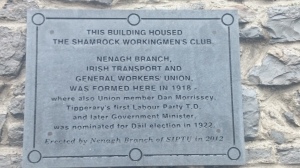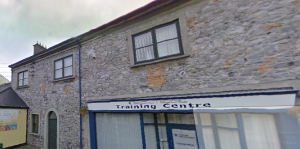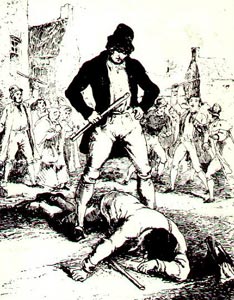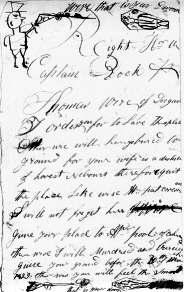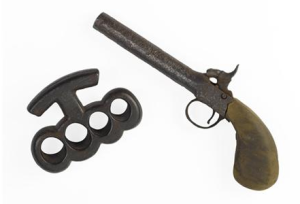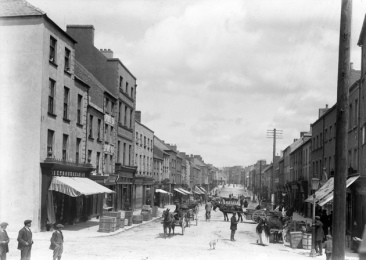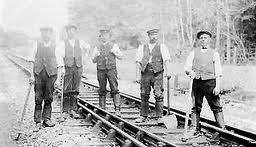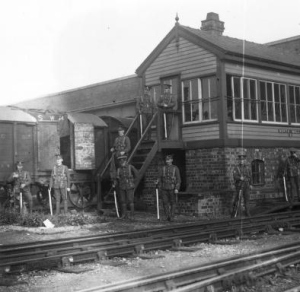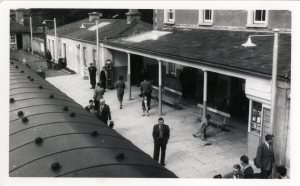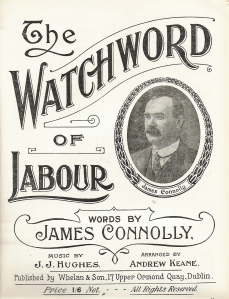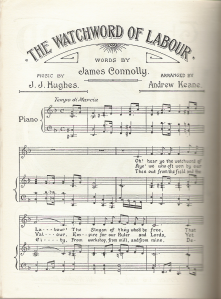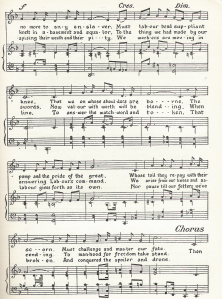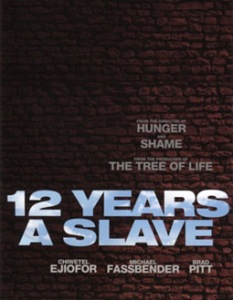This week I am going have a look at the Shamrock Club, which was situated in Silver Street (Connolly Street), Nenagh. As was previously mentioned in a previous post, this well-known establishment from a bygone era was the building where the Nenagh Branch of the ITGWU was founded in 1918. So what about the history of this former Nenagh landmark?
According to Nenagh and it’s Neighbourhood (1948) by E. H. Sheehan: “the Shamrock Club, the premises of [this] Labour Club, was occupied for many years by Doctor Neil Quin, who was a well-known medic of the 1800’s. He had there an elegant and commodious residence. It later acquired the name ‘Silverton’. Also residing in the premises was Rev. Maurice Studdart, who was a native of Clare.” This entrant on E. H. Sheehan’s book then states that: “Doctor Quin had married Miss Harriet Harding of Beechwood, Nenagh in 1826, and the doctor passed away in 1880 at the age of 84. Miss Harding herself was related to the Holmes family and to Sir Francis Osbourne, Bart.”
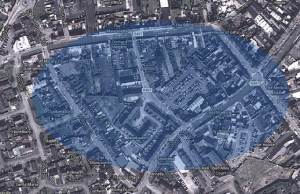
Area of town where the Thomond Gate was once situated
The old town wall had at one stage crossed the street at this point and here was the entrance called Thomond Gate. Referring to the old town wall, the book then states that the wall passed about midway between William Street and John’s Lane, but I digress.
To understand how much a socialist community the Nenagh area has traditionally been for generations, it maybe an idea to look at the different factions which were deeply rooted across North Tipperary. As is stated on grantonline.com: “Agrarian unrest first appeared around 1760. And essentially occupied the period until 1805 as a non-political organization responding to particular grievances by the lowest classes. It was said that these groupings were organized to defend common interests.”
Faction boyo’s in action
Some of the factions which were known to exist in the area were the Whiteboys – 1761-65, Oakboys – 1763, Houghers – 1778-79, Rightboys – 1785-88, Defenders – 1795, Threshers – 1806-07, Caravat Whiteboys 1813-16. Ribbonmen 1819-20 and the Rockites – 1821-24. According to Lossening the Chains (2003) by Ger Lewis, there was also the Shanavests, whose foundation is traced to 1805. According to an entrant in Ger Lewis’s book, they were ‘a vast trade union for the protection of the peasantry‘.
Threatening note from a Faction group (note the coffin)
It is also stated on grantonline.com that: “although each was a separate movement, in Tipperary in particular, these agrarian movements occurred so often that they became a deep seated tradition. There was an agrarian revolt at least once every decade from 1760 to the famine in 1845.”
Tools of the Trade
Another report on faction fighting on the rootsweb.ancestry.com website states:
Faction fighting was a phenomenon unique to nineteenth century Ireland. Factions were armies of country people, numbering hundreds or even thousands, armed with sticks and stones, and, occasionally, with swords and guns. Their battle grounds were fair greens, market places, race courses and frequently streets of towns and villages. Many people were killed and scores wounded in the most famous encounters. The fighting was first reported … in Tipperary and quickly spread to all parts of the country except the North-East. No fair, market, pattern-day or any public gathering was complete without its faction fight. In 1836 alone, over 100 faction fights were reported in a single county — Tipperary.
In a further entrant in Breaking the Chains it is reported that in 1824, matters became so serious that the Prime Minister of the United Kingdom and Ireland ordered that a Select Committee of the House of Commons to hold an enquiry into the phenomenon. On completion the report detailed the number of factions in the Nenagh area as The Cummins, the Darrigs, the Kellys, the Kilmartins from Toomevara, the Bogboys from Capparoe, and the Dingers, which comprised the Kennedy’s of Kilmore, the Ryan’s of Ballinaclough and the Gleesons (possibly of Benedine according to the publication). The book goes onto state the there was also the Dawsons faction, which comprised of the Seymours and Breens, who were assisted by the mob from Nenagh. Other surnames mentioned were the O’Brien’s of Ballywilliam and Carrigatoher and the O’Kennedy’s fought the decendents of the the Ulstermen who were left behind when the Ulster Earls made their way through the Tipperary hills during the seventeenth century on their way to and from the Battle of Kinsale; the names here included the Carey’s, Quigley’s, Doherty’s, Carrs, Nolan’s, Farrells and O’Tooles. It is stated in Breaking the Chains that: “there is scarcely a surname of all those listed above that does not appear on the register of the Nenagh Branch to the year of publication.”
Please tune in again, as I will look at how these factions led to organized opposition to work injustices in North Tipperary.
